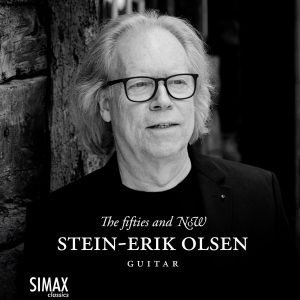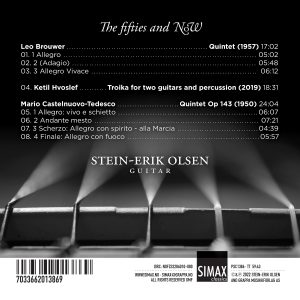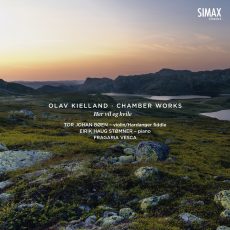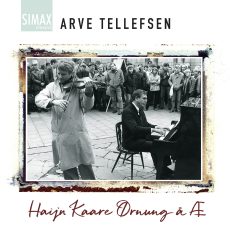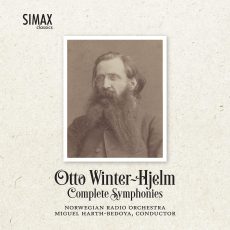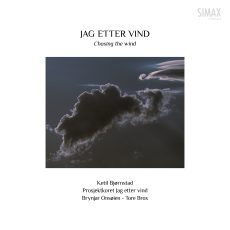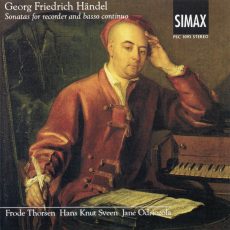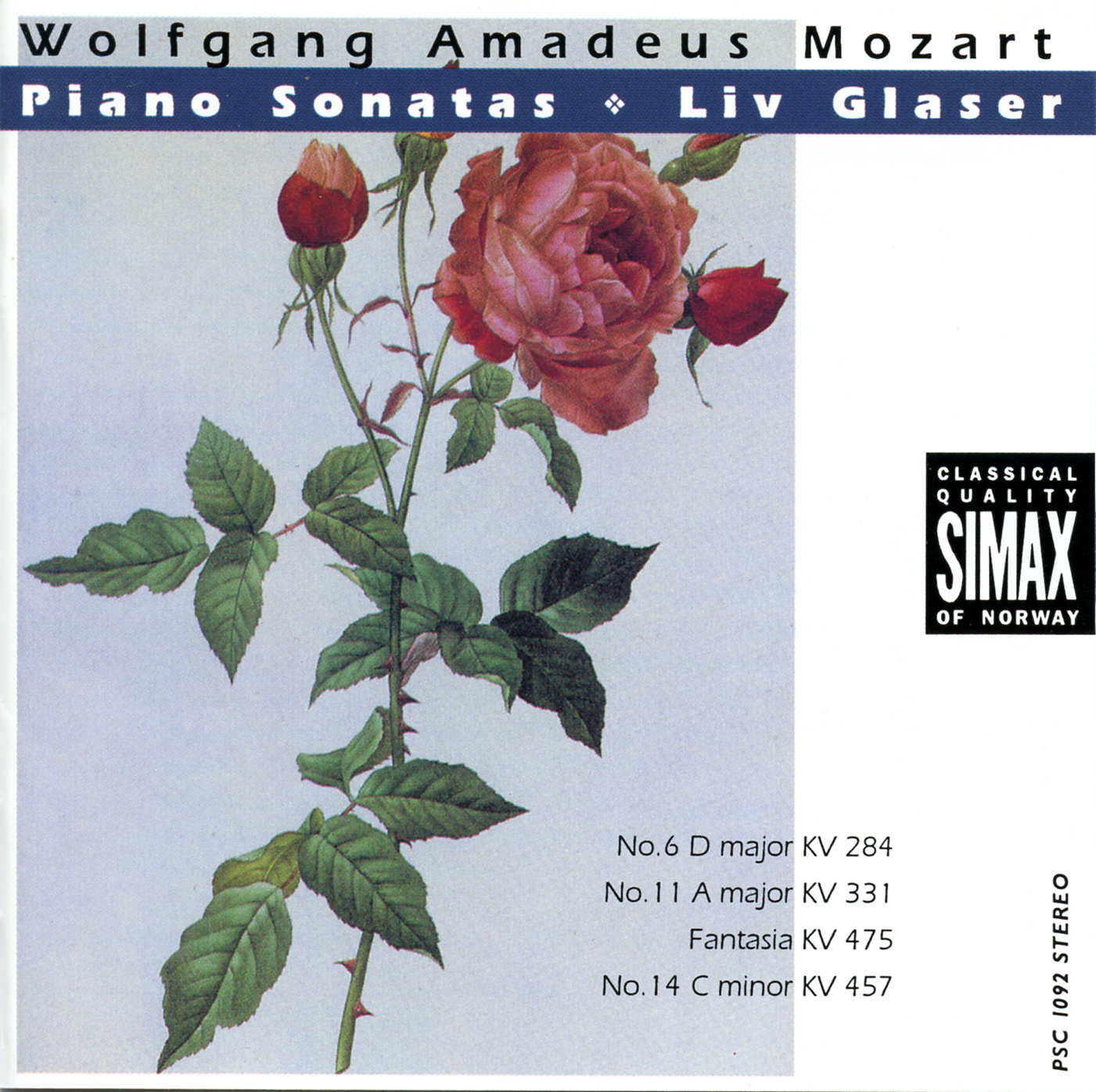The record´s blend of three different compositions exemplifies the great contrast composers can use to create different approaches in writing music for the guitar. The work done by Brouwer and Castelnuovo-Tedesco proves groundbreaking within the early music written for the guitar, where both composers focused on including the instrument in the compositions included on “The fifties and Now”. Especially “Quintet Op 143” (1950) by Castelnuovo-Tedesco may have caused the guitar to enter the halls of conservatories and universities, and therefore influence the audience and focus related to the guitar as a chamber music instrument. “Quintet” (1958) by Leo Brouwer was written by the cuban composer while he was only 17 years of age. In comparison to Castelnuovo-Tedesco, a more mature piece, written in the middle of the composer’s 50s. Brouwer used afro-cuban syncopated rhythms to make sure the guitar was more of a solo instrument in the composition. Brouwer also facilitated the piece for several different playing techniques, which make the composition able to move the heart of any musician.
The last composer featured on the record is not a guitarist himself, but is rather influenced by the instrument in relation to more unusual and unique compositions. “Troika for two guitars and percussion” (2019) gathers forms and influences from the Russian troika. Where the percussion takes the role as the locomotive, while the two galloping horses are substituted by two guitars. This guitar composition illustrates just how far the guitar has evolved as an instrument feature in chamber music since the 1950s. With the Castelnuovo-Tedesco piece the guitar was barely a part of the string quartet, however it was also an early establishing of the guitar as a worthy and natural member of the chamber music instruments.










